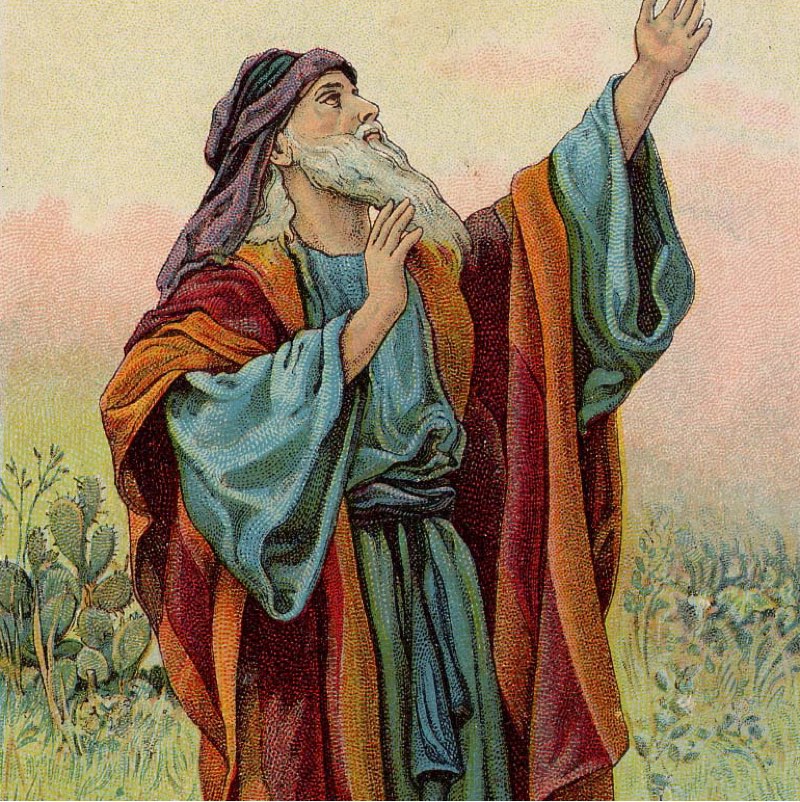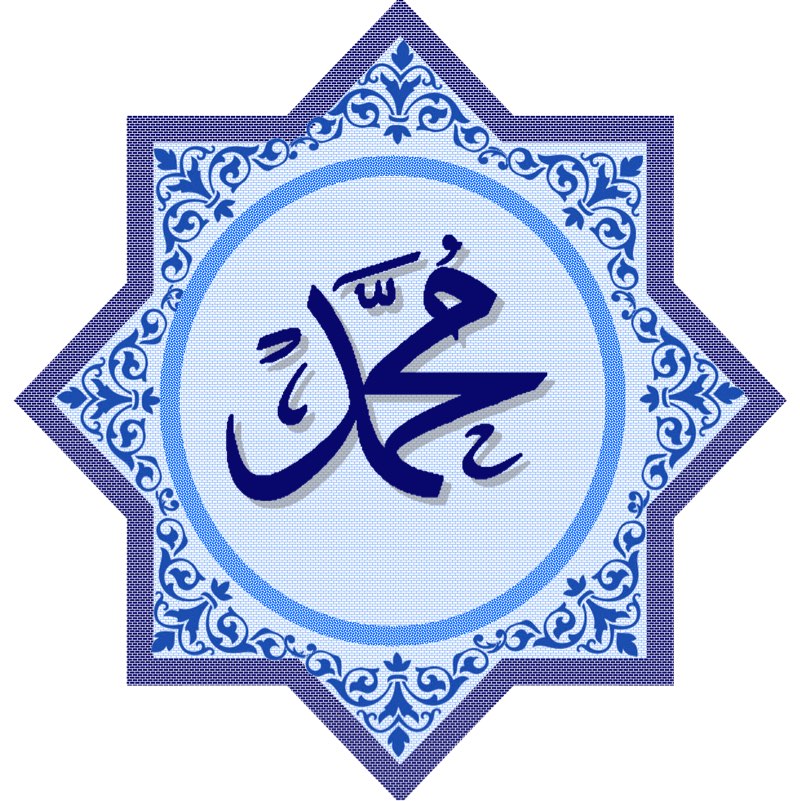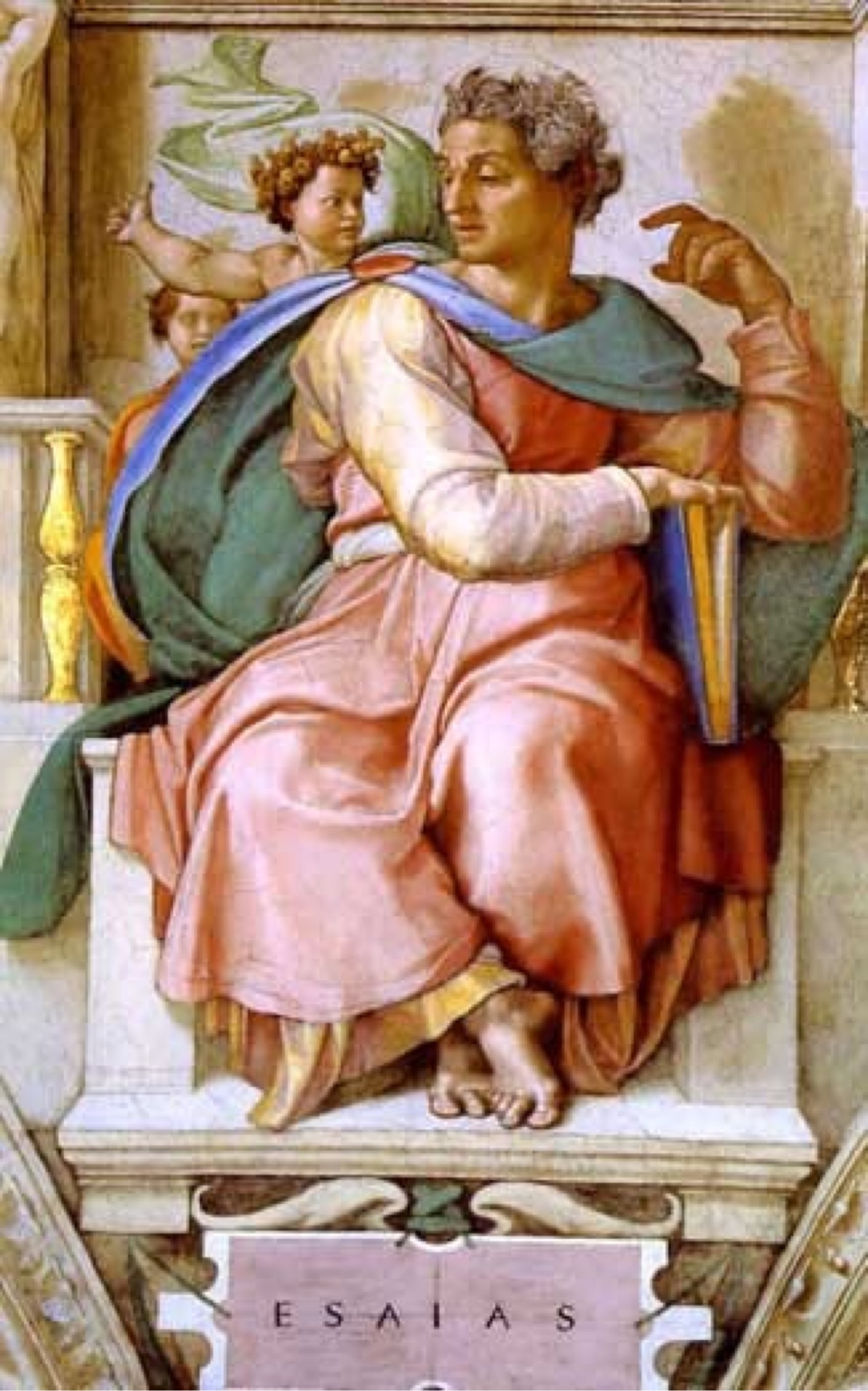Servant עֶבֶד
ʻebed means “servant” and is used in theologically significant ways in the Old Testament. It can refer to the position of a human being before God, emphasizing the Creator/creature distinction. For example, Israel is a servant of God (Lev. 25:55), as are the prophets (Jer. 7:25); they do what God bids. ʻebed is also used as a descriptor of significant figures in the Old Testament who have distinctive roles and offices in the economy of God—e.g., Abraham, Isaac, Jacob (Exod. 32:13; Deut. 9:27), Caleb (Num. 14:29), Moses (the servant par excellence, Deut. 34:5), Joshua (Jos. 24:29), Isaiah (Isa. 20:3), David (1 Sam. 23:10), Israel as a nation (Isa. 41:8), and surprisingly, even Cyrus and Nebuchadnezzar (Isa. 44:28; Jer. 25:9).
The most significant use of ʻebed is found in Isa. 40-55. The “servant of the LORD” is the means of God’s restoration of both Israel and the nations 49:1-6). In a surprisingly new and unprecedented fashion, God promises to redeem both the nations and Zion by means of the servant who suffers in the place of and on behalf of others (Isa. 53). When referring to “the servant of the Lord,” ʻebed is always in the sing. up to Isa. 53, but after this key chapter the term is found only in the plural and may refer to the righteous offspring promised to Isaiah’s servant in 53:10. These righteous servants have recognized, in retrospect, the significance of the servant’s suffering. They follow the servant in obedience though they suffer as well while awaiting the coming day of vindication 54:17; 57,1; 65,1-25).



